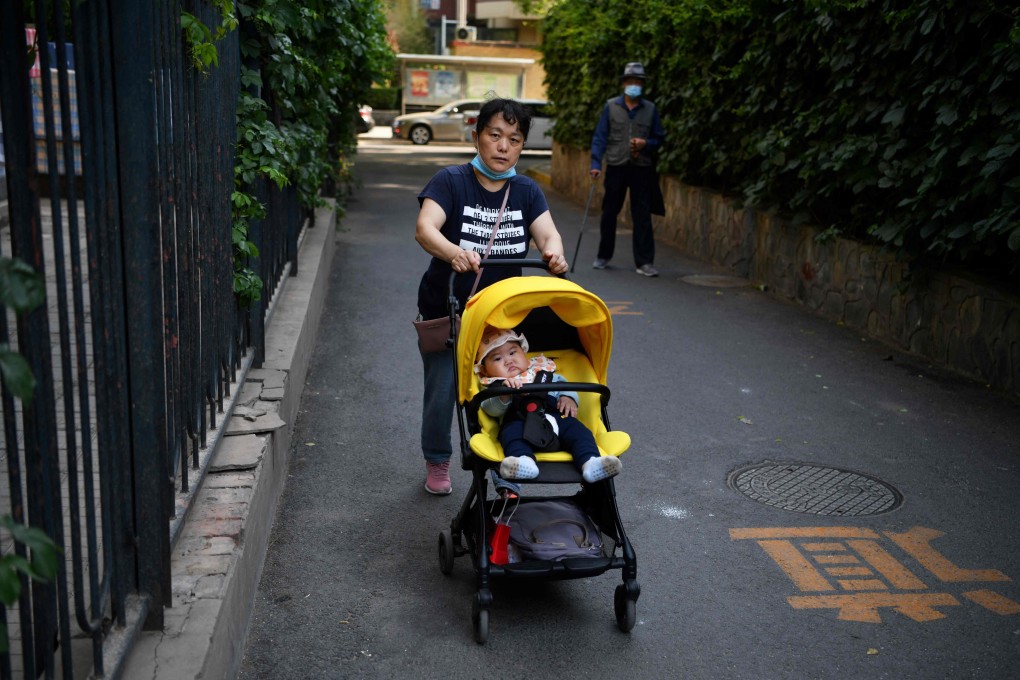Letters | Coercive pro-birth policies are not the way to solve China’s ageing population problem
- Proposals such as making the birth rate a measure of a cadre’s work performance and tying certain ‘privileges’ to having a second child are beyond the pale
- Experience shows that policies that support would-be parents by reducing the time, financial and opportunity costs of childbearing have tended to succeed better

Other ideas, however, cross a line. If implemented, they would have a high human cost, and, based on the experience of other societies that introduced clumsy measures to increase birth rates, are most likely to be ineffective. Consideration of the history of the use of crude numeric indices in performance evaluation suggests that any effort to make birth rates a factor in the assessment of cadres would be disastrous.
For individuals, making certain “privileges” (promotion, admission to university etc) conditional on having a second child would be coercive and indeed beyond the pale in terms of its basic lack of regard for human dignity.
Many ideas and an open discussion will be required to respond to China’s emerging demographic paradigm. Learning from the experiences of other societies, as well as from the past, will be critical. In recent decades, societies around the world have experimented with a range of policies that seek to stabilise or increase birth rates.